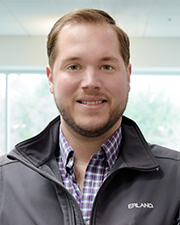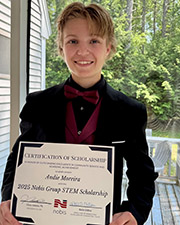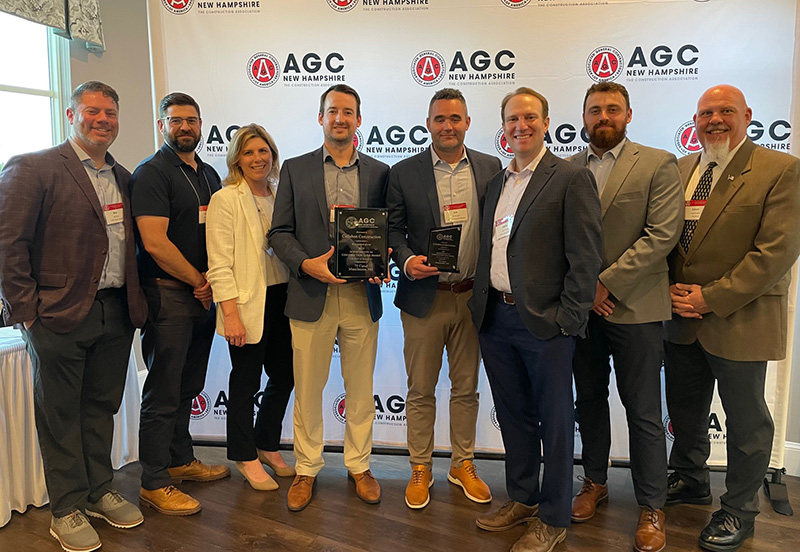Buro Happold completes work for Harvard’s new Science and Engineering Complex

Allston, MA The award-winning global engineering and consulting practice Buro Happold has completed work for Harvard University’s new Science and Engineering Complex, designed by architecture firm Behnisch Architekten. Buro Happold provided services including structural engineering, building information modeling (BIM), and geotechnical consulting for this much-anticipated project, which is LEED Platinum certified and meets Living Building Challenge (LBC) Petal certification in Materials, Beauty, and Equity.
Opening its doors to students in the fall of 2021, the Science and Engineering Complex, or SEC, is the latest significant addition to Harvard University’s local campus. Its diverse mix of labs and collaboration spaces also furthers a robust culture of interdisciplinary work. Behnisch Architeckten created cutting-edge laboratory space with a novel approach to collaborative environments, as well as an innovative, high-performance façade.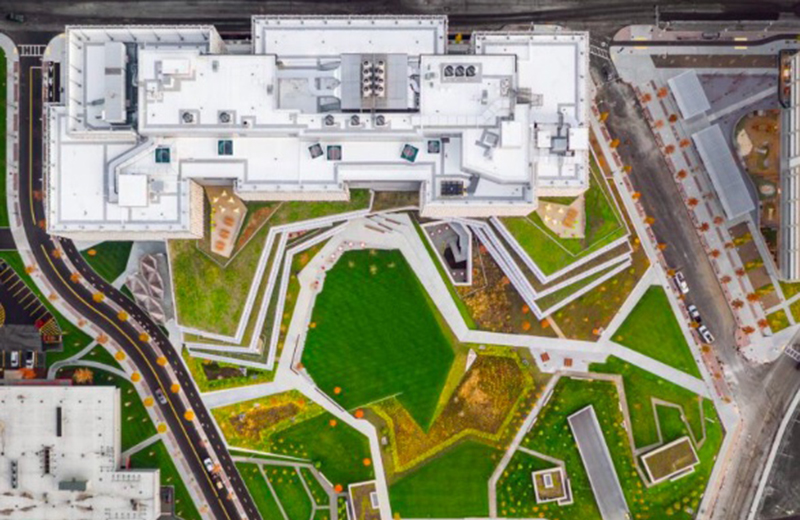
“The seven-story building demonstrates advanced techniques in environmental design and energy performance and is paving the way for a new generation of buildings on the Allston campus,” said Stephen Curtis, P.E., principal and regional discipline leader for Buro Happold’s structures team. “Our goal has been to integrate Harvard’s needs with Behnisch Architekten’s design vision embracing structural openness, future flexibility, and the unique considerations for resiliency.”
The eight-level, 544,000 s/f building is situated on a primary thoroughfare connecting the Boston neighborhood of Allston to Cambridge, presenting unique challenges for the Buro Happold project team. Highly visible makerspaces and teaching labs located at street level showcase the exciting work being done at the school, further connecting the academic and local communities. The public spaces at a variety of environments and scales incorporate the structure into the fabric of the neighborhood. The lower floors of the building embrace an extensive landscaped Engineering Yard intended for both ceremonial as well as recreational activities.
The SEC houses a major portion of the Harvard John A. Paulson School of Engineering and Applied Science (SEAS), offering a multitude of lab and core science facilities for research that will benefit society in numerous ways, strengthening Harvard’s place as the global epicenter for the life sciences and a major center of engineering and technology.
“This innovative and architecturally significant new complex has been constructed on top of existing foundations and basement spaces created for a different project, offering a chance to reduce embodied carbon while addressing a unique set of complexities for the design team in delivering a modern, vibrant space fitting both the client’s and architect’s aspirations,” says Craig Schwitter, P.E., Senior Partner and chair of the global board for Buro Happold.
Buro Happold’s team carried out extensive analyses to assess how best to incorporate the new building over the existing substructure, seeking an efficient, elegant solution that maximizes the reuse and strength of the existing construction. The resulting design’s soaring, sunlight-dappled atrium links the new and existing buildings. The upper levels, linked by cantilevering walkways, bridges and interconnecting staircases, contribute to a sense of openness between labs, collaboration zones and learning spaces. “The structural design incorporates a high degree of flexibility and adaptability that Behnisch Architekten and Harvard University required to future-proof the spaces and allow for changes needed by the university for its dynamic, innovative programs,” says Buro Happold’s Curtis.
Nobis Group awards Robinson and Moreira STEM scholarships

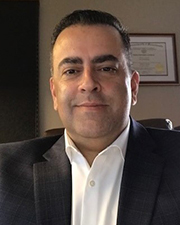
Careers in Construction Month focus on training and safety - by Joe Camilo
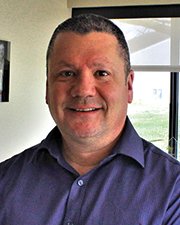
Ask the Electrician: Is summer a prime time for commercial electrical maintenance?
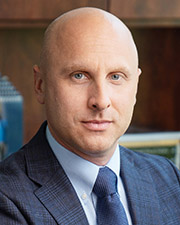
The design-build advantage: Integrated interior design solutions - by Parker Snyder
